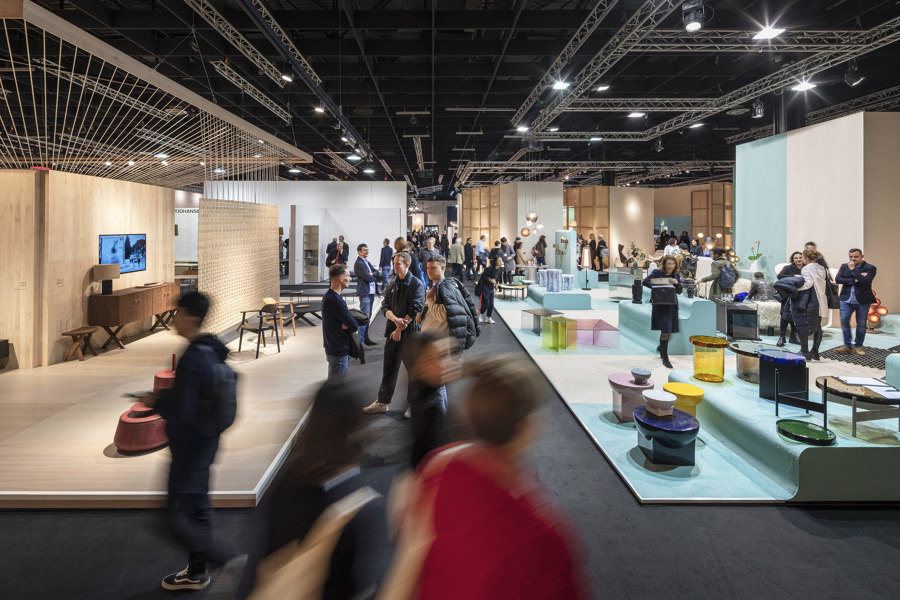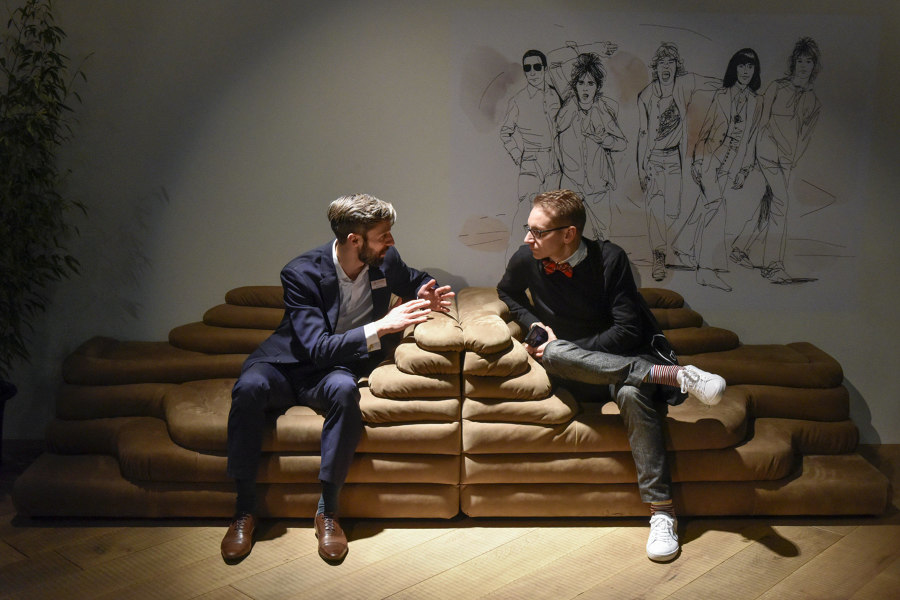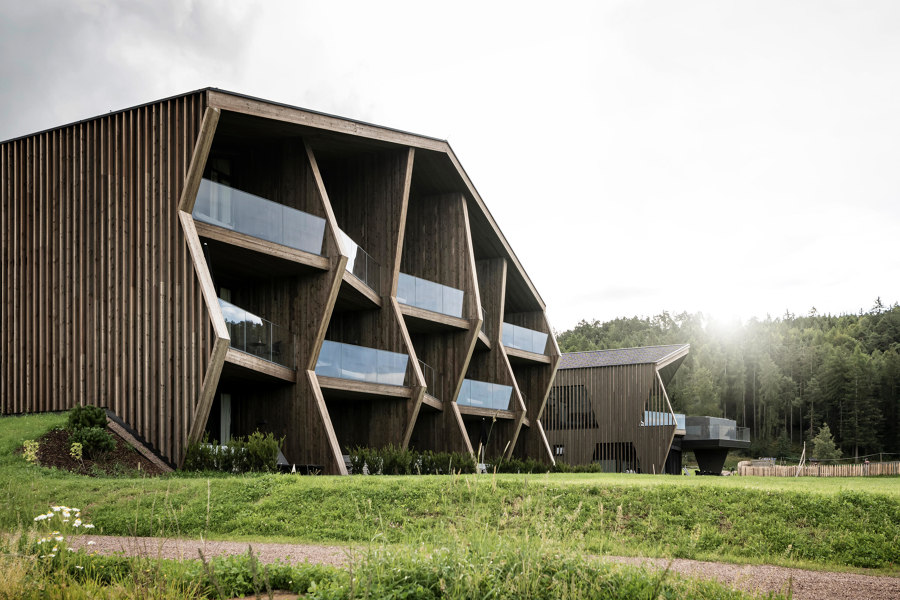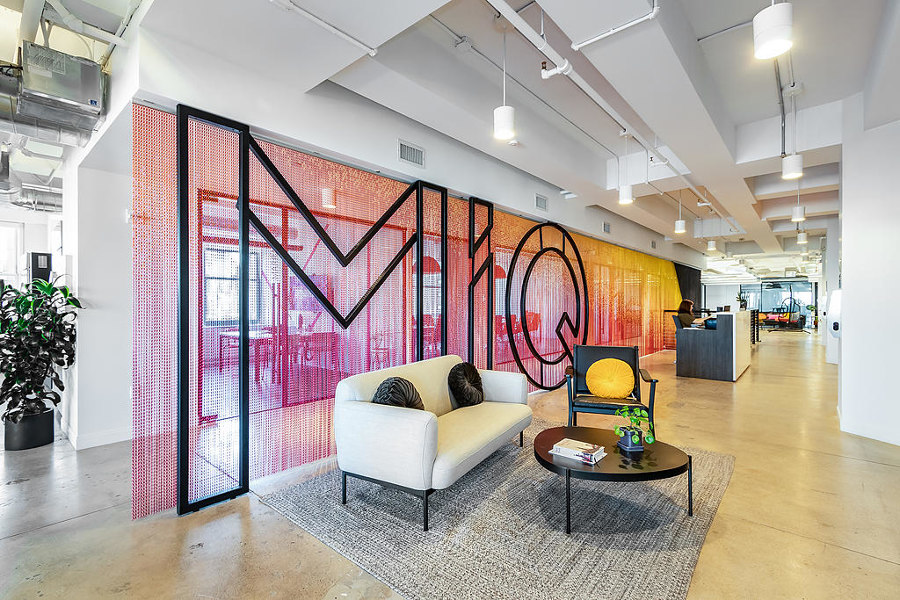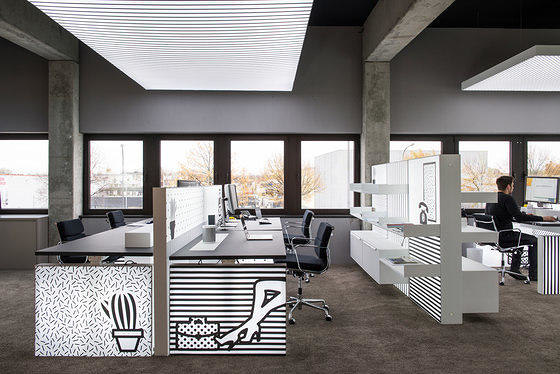Editor's Letter – December 2022
Texto por Simon Keane-Cowell
Zürich, Suiza
12.12.22
Metaversal musings, bright sparks and workplace affairs – that was 2022.
Zurich-based architect and designer Stephan Hürlemann is committed to investigating the creative benefits of the metaverse
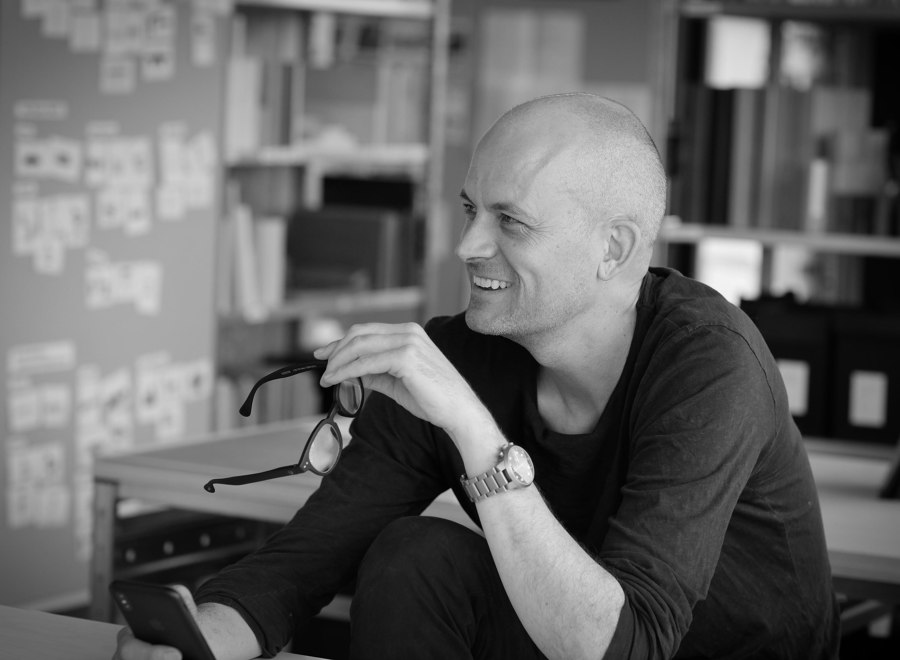
Zurich-based architect and designer Stephan Hürlemann is committed to investigating the creative benefits of the metaverse
×You would have laughed.
I did myself, thinking what I must have looked like. You see, I spent a couple of hours last week at the studio of Zurich-based architect and designer Stephan Hürlemann, who, apart from his recent paradigm-shifting work on product typologies for what he describes as the 'dancing office' (think agile, resilient workplaces), is deeply committed to investigating the creative benefits of the metaverse. With Meta Quest headset on and touch controllers in my hands (and a broad grin on my face), I stumbled around his office for half an hour, experiencing for the very first time true immersion in a virtual world.
Interaction is a key USP for fairs like imm cologne (top, middle) and Shopify Berlin with meeting spaces and no desks (bottom). Photos: Koelnmesse / imm cologne (top, middle), Daria Scagliola (bottom)
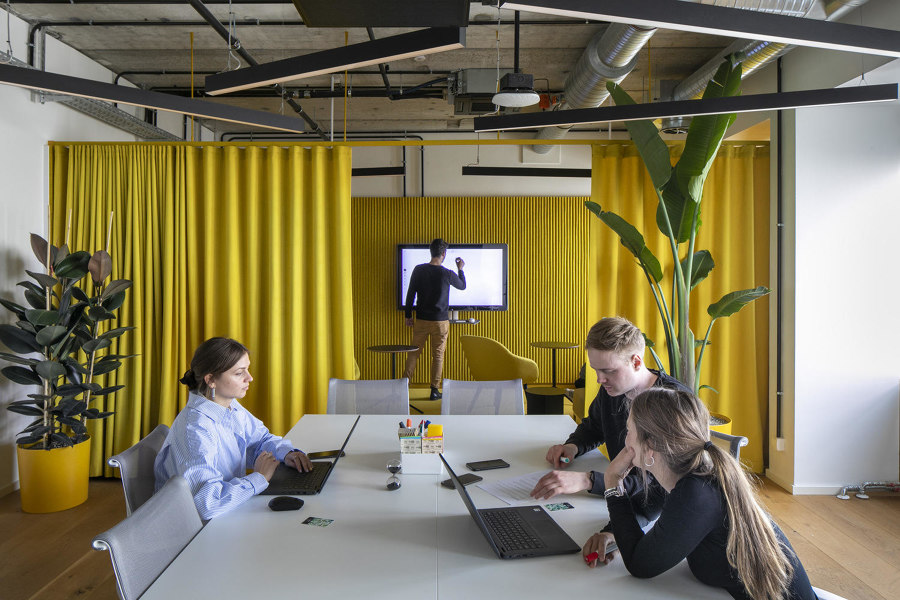
Interaction is a key USP for fairs like imm cologne (top, middle) and Shopify Berlin with meeting spaces and no desks (bottom). Photos: Koelnmesse / imm cologne (top, middle), Daria Scagliola (bottom)
×It's been said many times that the pandemic accelerated trends and tendencies that were already afoot – like a more dynamic and flexible work culture or, say, a transformation in the form and meaning of physical fairs – with none perhaps more thrilling and potentially unnerving as the development of the metaverse. Certain questions engendered by its increasingly rapid evolution have, of course, yet to be answered (What effect will it have on society, behaviourally, physically, psychologically? What good can it deliver in an analogue world besieged by a climate and biodiversity crisis?), while a whole raft of further questions have yet even to be formulated. What we do know is that it behoves the A&D community to participate actively in the building of this new digital landscape, or landscapes. Leaving it up to IT developers, programmers and unbridled commercial interests risks leaving us with a badly built, aesthetically unsatisfactory virtual environment. The new Wild West needs some design sheriffs.
Speaking of getting stuck in, I was joined on stage recently by Ingo Maurer’s design chief Axel Schmid, who made a case for a more traditional, hands-on approach to lighting design. Quick to build prototypes in order to test the light quality they produce, he describes light as something you should be able to grab. Fellow guests at this year’s edition of Light + Building in Frankfurt included light-planning grandees Ulrike Brandi and Andreas Schulz, plus Barcelona-based architect Carmelo Zappulla of External Reference, all of whom got stuck into the particular responsibility of the lighting creative in the context of an energy crisis.
Timber-constructed AEON (top) and Bachleda (middle) hotels in mountainous landscapes, and the Maria Nila hair-salon (bottom). Photos: Alex Filz (top), Paweł Ulatowski (middle), Michael Lundblad (bottom)
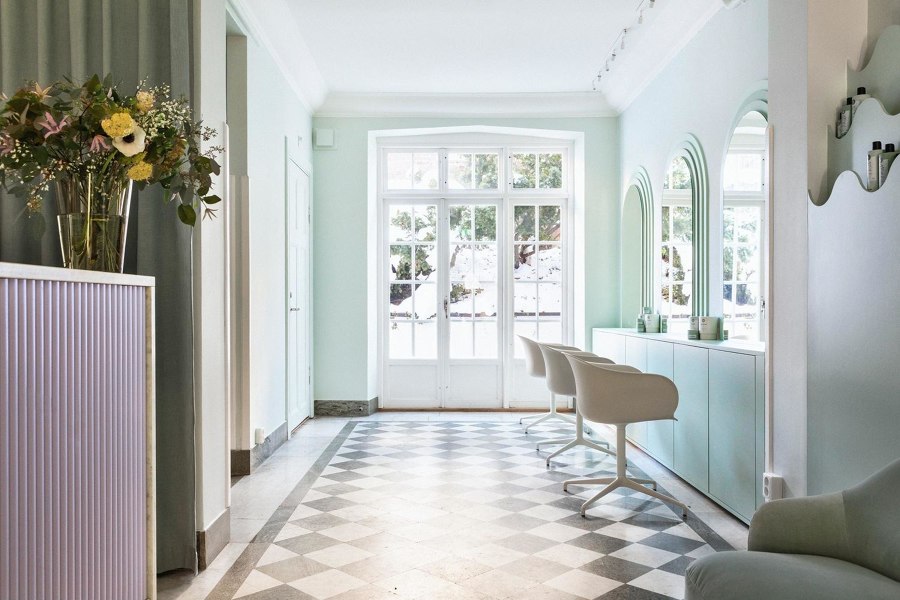
Timber-constructed AEON (top) and Bachleda (middle) hotels in mountainous landscapes, and the Maria Nila hair-salon (bottom). Photos: Alex Filz (top), Paweł Ulatowski (middle), Michael Lundblad (bottom)
×Will the lights go off this winter? Hopefully not. But a less all-out-illuminated, more subdued Christmas and holiday period might not be such a bad thing. One of my favourite stories published on Architonic in 2022 was on timber-constructed mountain-hotel architecture, whose materiality, dovetailing with its natural surroundings, produces a pacifying effect on guests while providing super climatic resilience.
Compelling, too, was our feature on hair-salon interiors. As the party season starts, good hair is critical. But why not make it happen in inspiring surroundings?
MiQ Offices’s colourful chain-link partition (top), PIXLIP’s own HQ’s light walls (middle) and the centrally-located glass bathroom in the Rybalsky Apartment in Kyiv. Photo: Andrey Bezuglov (bottom)
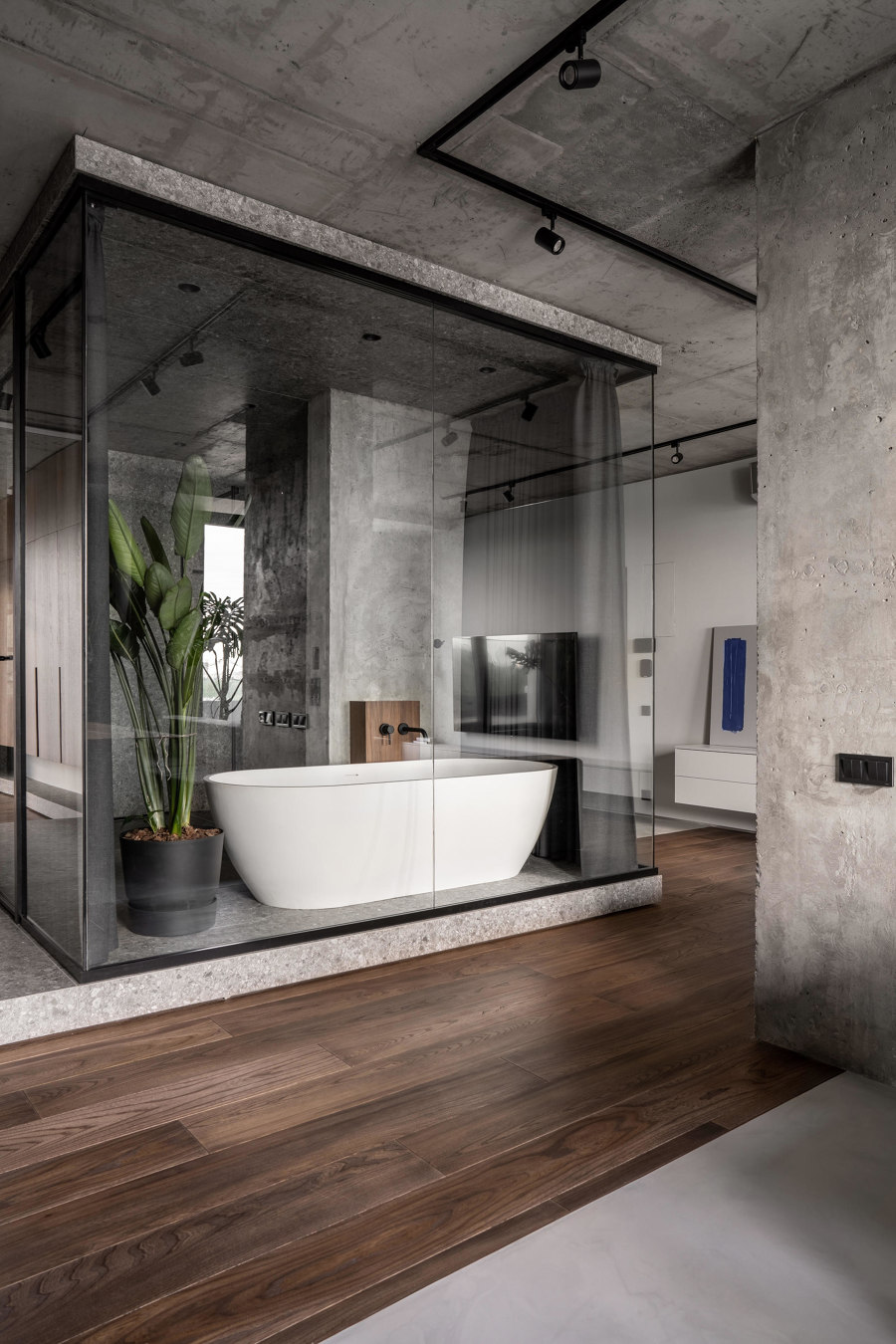
MiQ Offices’s colourful chain-link partition (top), PIXLIP’s own HQ’s light walls (middle) and the centrally-located glass bathroom in the Rybalsky Apartment in Kyiv. Photo: Andrey Bezuglov (bottom)
×Our most-popular article of 2022, however, was a survey of office projects – written by my colleague James Wormald – that focuses on expressive space-dividing elements and systems. The flexible, programmatically open workplace is a tendency that’s only set to develop further. The last few years have taught us that anything can happen; both employers and staffers are looking for highly considered, liveable spaces that respond swiftly to changing work patterns – and balance sheets – in their organisations.
Finally, Architonic will be at many of the leading design fairs in 2023 with live talks, ultra-useful guides, our iconic bags and the odd VIP party or two. So, we look forward to seeing you. In the meantime, I wish you and your loved ones a very happy and peaceful festive period.
Stay well and be inspired!
Simon Keane-Cowell
Editor-in-Chief
PS: Lest we forget that there’s still a terrible military conflict taking place in Europe, I would invite you to take a look at the links below to see how you might donate to the ongoing Ukrainian humanitarian effort. And if you missed it, check out our feature on interiors from the Ukraine from earlier this year.
© Architonic
Head to the Architonic Magazine for more insights on the latest products, trends and practices in architecture and design.

